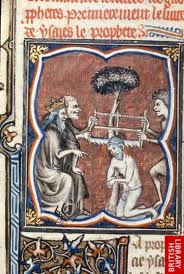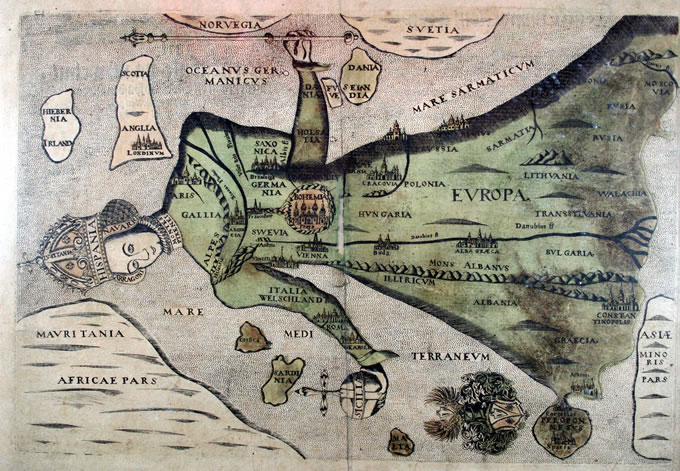McGrath’s E-book
Awhile back I bought the Kindle edition of McGrath’s e-book, The Burial of Jesus: What Does History Have to Do with Faith?, hoping to get a review post out of it. Unfortunately, the work is just a tepid rehash of what you’ll find in Bart Ehrman’s (far superior) lectures from The Great Courses (aka The Teaching Company). Dr. McGrath adds nothing especially new or interesting in his assessment of the life and death of Jesus, probably because we’re not in his target audience — Christian believers who are troubled by the Talpiot tomb story.

I was about to write off the effort as a complete waste of time when I came upon the section header, “Evidence for a Conspiracy?” Now we’re getting somewhere. This could be fun. Perhaps my slogging through page after page of leaden prose wasn’t for nothing. So, what sort of conspiracy is James talking about? He writes:
There is one point at which, if one were inclined to make a case for some sort of conspiracy or cover up in connection with early Christianity, one could do so particularly plausibly. I am referring to the missing ending of Mark’s Gospel. As all recent translations of the Bible point out, our earliest manuscripts end abruptly at Mark 16:8, after the phrase “they did not say anything to anyone, for they were afraid.” (Kindle Locations 1436-1443)
Ugh. Here we go again. As regular readers know, McGrath has a special curiosity about the end of Mark’s Gospel, which drove him to write a paper, “Mark’s Missing Ending: Clues from the Gospel of John and the Gospel of Peter,” which was recently reviewed (and corrected) here in Part 1, Part 2, and Part 3.
Mark’s “Missing Ending” — Redux
James is much more forthcoming in his e-book than in his paper. When writing for the Society of Biblical Literature (SBL) or the Bible and Interpretation web site, he didn’t come out and say he thought an unknown ending once existed but is now missing. He left himself some wiggle room, some “plausible deniability.” But now we’re going to see his true colors:
There have been attempts to treat this ending as the way the Gospel originally ended, and the way the author intended for it to conclude. However, when we consider that copyists of the Gospel of Mark independently added at least two different endings, and that Matthew and Luke both felt the need to complete the story when they used Mark’s Gospel, it seems clear that early readers of Mark’s Gospel found its sudden ending at 16:8 unsatisfactory. Once we realize that it makes little or no sense to tell a story that ends with an assertion that no one was told about the events in the story, it begins to seem far more likely that the original version of Mark’s Gospel must have once continued beyond this point. (Kindle Locations 1442-1446, bold emphasis mine)
An argument from silence
McGrath is pointing out what many readers over the years have noticed. Mark’s Jesus predicts his death and resurrection throughout the gospel. Then when we finally reach the resurrection scene, we find out it has already happened “off stage.” Worse still, instead of treating us to a set of entertaining resurrection stories, Mark informs us that the women told no one and ran away in terror. The End.
James finds this silence displeasing. No, it’s more than displeasing; for him, it’s impossible. He doesn’t simply suspect Mark’s gospel continued after 16:8, he says it “must have once continued beyond this point.” Curiously, when Paul’s silence about Jesus is the focus of our discussion, the main alternatives are (1) Paul chose not to write about the historical Jesus or (2) Paul knew nothing about the historical Jesus. Now we have a viable third option, a McGrathian Conspiracy: Paul wrote about Jesus but it has mysteriously disappeared!
Continue reading “Dr. James F. McGrath: Conspiracy Theorist”








